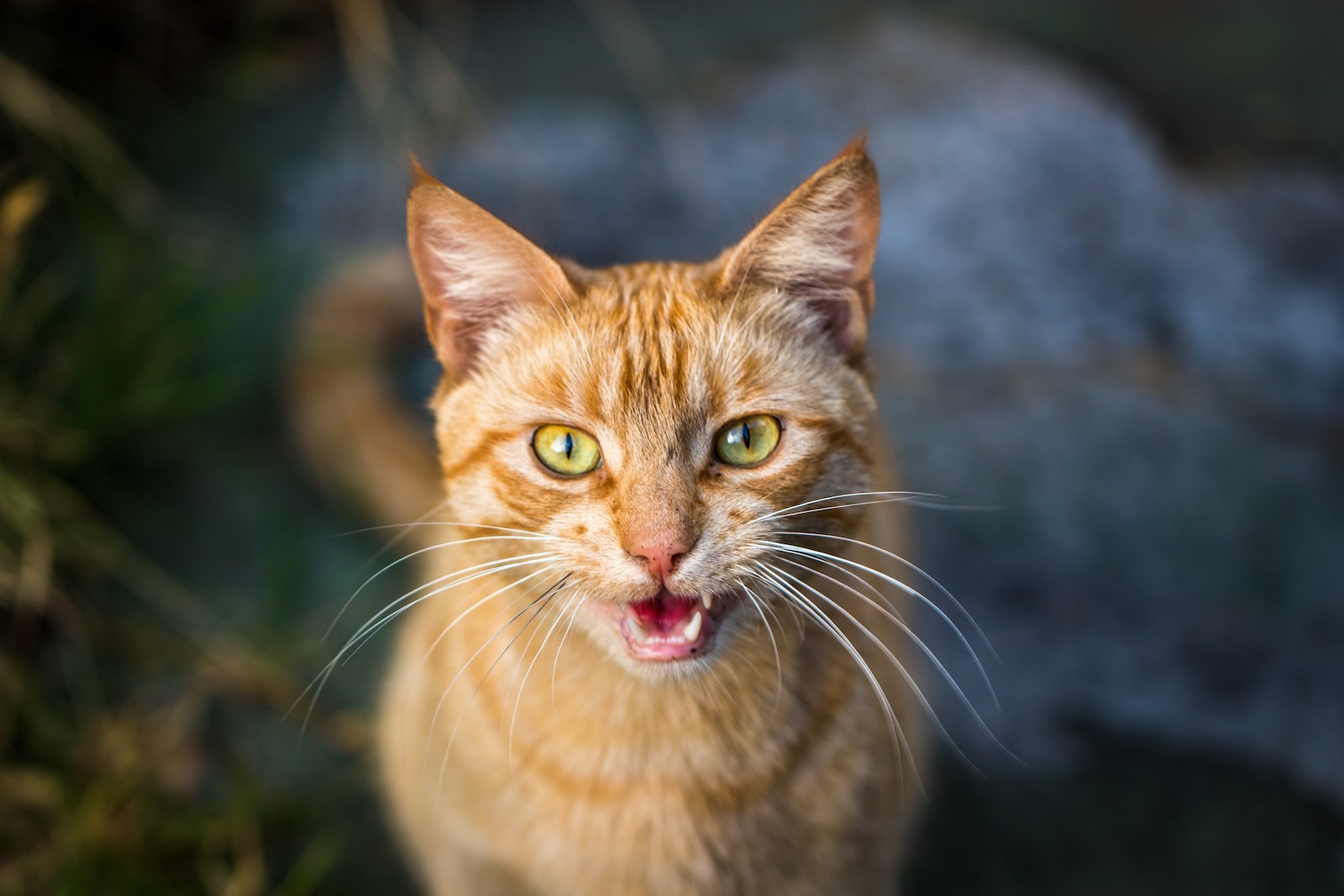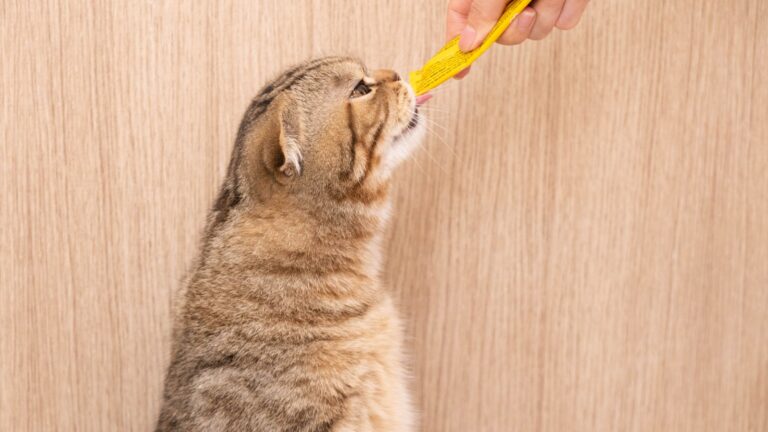Understanding your cat’s communication: Body language and vocalizations
As cat owners, we all strive to understand the unique ways our furry companions communicate with us. From their mysterious body language to a variety of vocalizations, cats have plenty of tools in their communication arsenal that can often leave us scratching our heads. In this blog post, we will delve into the fascinating world of feline communication and help you learn how to read your cat’s signals like a pro! So grab a cup of tea and get ready for an informative journey into decoding your cat’s behaviors and sounds.
What is body language?
Body language is the way in which a person communicates through their movements and facial expressions. Body language can be used to convey emotions, reassure others, and negotiate relationships.
Cats use body language in a number of ways to communicate with their owners. For example, cats usually crouch down when they are in fear or aggression, and may arch their back when they want to be stroked.
When communicating with cats, it is important to understand their body language because words may not be enough. Some common issues that can arise when cats misread body language include fights between siblings or disagreements between owners and cats.
If an owner notices that there is tension in the home due to a disagreement between the cat and another pet or person, it is important to try and resolve the problem using non-verbal communication instead of force or threats.
It is also important to keep in mind that not all cats use the same types of body language. For example, some cats may have a “peekaboo” stance, which is a way to signal that they are interested in being petted. Other cats may not use body language at all. It is important to pay attention to the individual cat and understand what messages they are attempting to send.
What are vocalizations?
Vocalization refers to any sound that an animal produces with its vocal apparatus. In humans, vocalization primarily refers to speech, but in animals, it can refer to a wide range of sounds, including calls, cries, grunts, howls, and songs.
Vocalizations can serve a variety of functions, depending on the species and the context in which they are produced. For example, in birds, vocalizations are used for communication, such as to attract a mate, defend territory, or warn of danger.
In primates, vocalizations are used for social communication, such as to express emotions, convey information about the environment, or establish social status.
In addition to serving a communicative function, vocalizations can also play a role in self-expression, emotional regulation, and physiological arousal. For example, in humans, crying is a vocalization that is often associated with the expression of sadness or distress, while laughter is a vocalization associated with joy or amusement.
Overall, vocalizations are an important means of communication and expression for many animals, and can provide valuable information about their behavior, social structure, and emotional state.
Why do cats communicate with each other?
The human-cat relationship is unique in that cats communicate with each other through body language and vocalizations. Body language can include facial expressions, body postures, and movements of the ears, tail, and front legs. Vocalizations can include meowing, purring, hissing, growling, and clicking.
Cats use some of these communication signals to indicate their feelings—for example, when they’re happy or angry. They also use them to communicate information about their surroundings. When a cat observes something interesting outside—a bird flying by or a person walking down the street—it might hiss or purr to let its companions know what it’s seeing.
Most of the time, cats use body language and vocalizations to communicate with people who are close to them (such as family members). But sometimes cats use communication signals to express their displeasure or anger at people or other animals.
If your cat starts displaying these behaviors, it might be important for you to take a closer look at what’s causing the problem and try to resolve it.
Understanding your cat’s communication: Body Language
There are many ways in which your cat communicates with you. Some of the most common are through body language and vocalizations. Here we’ll review the basics of each.
Body Language
Your cat probably uses a combination of body language and vocalization to communicate with you. In general, cats use body language to express their emotions and feelings, whether they’re happy, angry, sad, scared, or trying to tell you something important. Here are some examples:
Sitting stiffly: When your cat is feeling tense or uncomfortable, she might sit very still with her tail loosely tucked between her legs. This is a sign that she wants nothing to do with you.
Sticking out her tongue: Sometimes when your cat is upset or angry, she’ll stick out her tongue and give you an ugly stare. This behavior usually happens when she’s around other cats or dogs and doesn’t feel safe.
Pushing away: If your cat feels threatened or uncomfortable, she may push away from you physically or emotionally. She might hiss or swat at you if she’s really mad.
Scared expressions: Your cat might show signs of being scared—for example, by holding her tail close to her body, flattening herself against the wall or furniture, or hiding behind something—if there’s something unfamiliar in the environment (like a new person in the house).

Vocalizations
Your cat also communicates with you using vocalizations. These include meows, purrs, growls, and hisses. Here are some examples:
Meow: This is your basic “hello” from your cat. It’s usually used when you first encounter her in the morning or when she’s just happy to see you.
Purr: Your cat’s purr typically indicates happiness and contentment. Sometimes when she’s tense or scared, she’ll make a low purr to calm her down.
Growl: A full-blown growl is usually reserved for when your cat is feeling threatened or angry. It makes her sound fierce and tough, which can scare away predators or rival cats.
Hiss: When your cat hisses, she’s trying to communicate that she doesn’t want you near her or that she’s in danger.
Understanding your cat’s communication: Vocalizations
Your cat has a variety of vocalizations to communicate with you and other cats. When you’re trying to figure out what your cat is saying, be sure to listen for the different sounds she makes.
Here are some tips for understanding your cat’s communication:
- Watch your cat’s body language. Look for specific signals that correlate with certain sounds your cat is making. For example, when your cat meows, watch to see if she arches her back and Bowtries (folds her front legs). These are all indicators that she may be asking for something or feeling threatened.
- Listen for specific vocalizations. Different sounds indicate different things about your cat’s mood or state of mind. Some common sounds your cat might make include purrs, mews, hisses, barks, growls and whines. Knowing what each sound means will help you better understand how she’s feeling and what she needs from you.
- Pay attention to context clues. Sometimes words or phrases that sound like commands actually aren’t—they’re just words that sound tough because they’re followed by a noise your cat makes that nobody else would make (like a high-pitched scream). If you’re not sure whether a vocalization is meant as a request or an angry statement, ask your veterinarian or another experienced Cat Owner about the meaning of the distinctive vocalizations of biscuits ant can dogs in general!
- Watch your cat’s body language and tone of voice. Watch how your cat moves, stands and looks at you to get a better idea of her mood.
- Learn some common phrases. Knowing some common phrases will help you communicate with your cat when you don’t know what she wants. Some helpful phrases include “who’s a good kitty?” “I love you, too.” and “c’mon, let’s go play.”
Conclusion
Cats communicate with each other through body language and vocalizations. When we understand these signals, it allows us to have a better relationship with our feline friends. Some of the most common cat behaviors that indicate communication include meowing, purring, hissing, and spitting. By understanding how your cat is communicating, you can gain a deeper level of connection with him or her.







